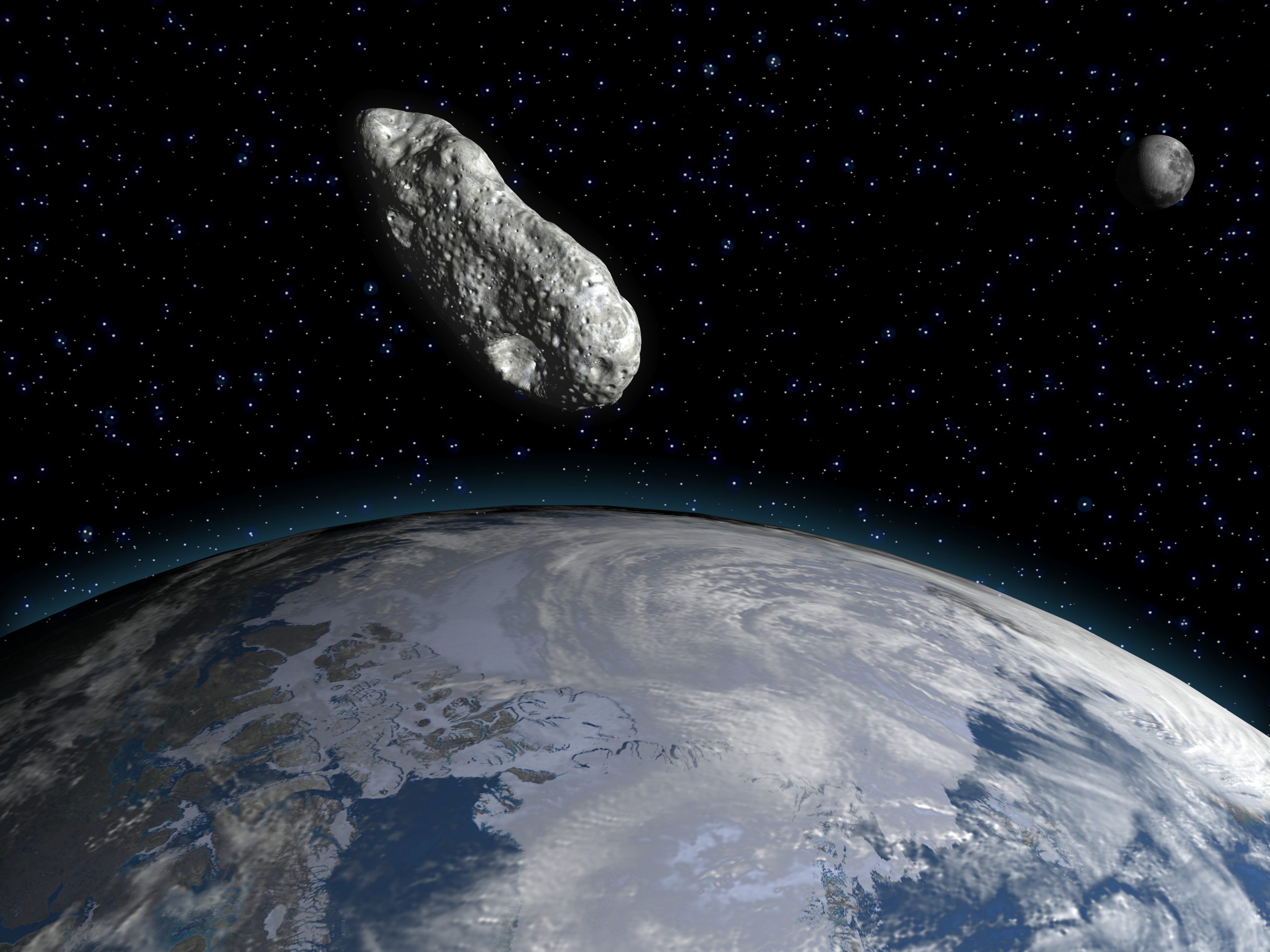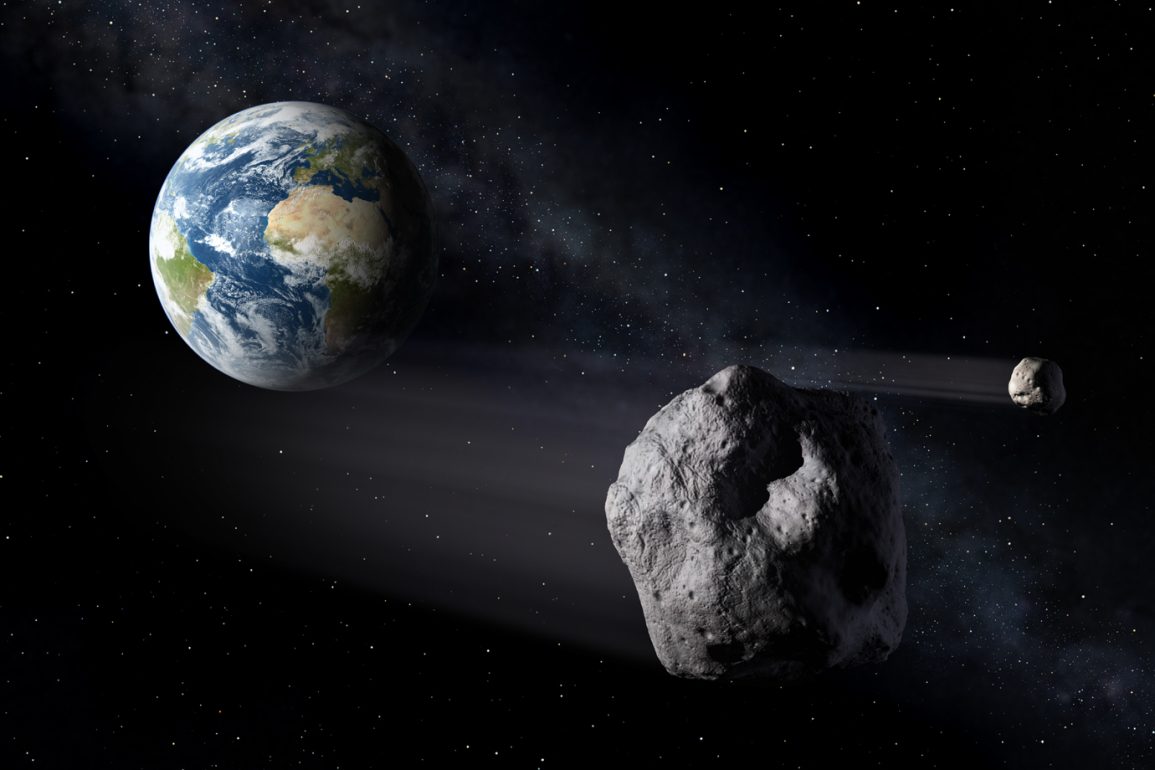In 2029, an asteroid named 99942 Apophis, larger than the Eiffel Tower, will pass extremely close to Earth, prompting significant scientific attention and concern about potential future impacts. Initially feared as a possible collision threat, the event has now become an opportunity for researchers to study Apophis up close and enhance planetary defense strategies against similar space rocks.
The European Space Agency (ESA) has launched the Rapid Apophis Mission for Security and Safety (RAMSES) to send a spacecraft to Apophis. RAMSES aims to gather critical data about the asteroid’s size, shape, mass, and orbital dynamics during its close approach on Friday the 13th of April, 2029.
Apophis’s proximity—within 20,000 miles of Earth—makes it a unique and scientifically valuable event. Dr. Holger Krag from ESA’s space safety program emphasized the asteroid’s potential visibility to the naked eye during the flyby, highlighting its closeness relative to Earth’s geostationary satellites.
This proximity also means that Earth’s gravitational pull could reshape Apophis, potentially causing surface changes like landslides.
Understanding Apophis is crucial for planetary defense efforts, aiming not just to study asteroids but to characterize them to deflect potential threats in the future. Professor Monica Grady of the Open University pointed out the risk posed by Earth-crossing asteroids like Apophis, drawing parallels to past catastrophic impacts such as the one believed to have caused the extinction of dinosaurs 65 million years ago.

Discovered in 2004, Apophis initially raised concerns about possible impacts during its close approaches in 2029 and 2036. However, recent assessments have ruled out an imminent collision for the next century. Despite this, space agencies remain proactive in developing strategies to mitigate asteroid threats.
NASA’s DART mission demonstrated the feasibility of deflecting asteroids through impact testing, while ESA’s Hera mission aims to study the aftermath of such impacts.
RAMSES aims to complement these efforts by providing rapid reconnaissance data essential for effective asteroid deflection strategies. Professor Alan Fitzsimmons of Queen’s University Belfast highlighted the importance of RAMSES in extending the predictability of potential Apophis collisions for future generations.
Scheduled for launch in early 2028, RAMSES will equip its spacecraft with advanced instruments including an Asteroid Framing Camera and possibly a seismometer to monitor asteroid activity influenced by Earth’s gravitational effects. Concurrently, NASA’s Osiris-Apex mission plans to rendezvous with Apophis after its close encounter with Earth, leveraging RAMSES’s findings to study the asteroid’s altered state post-flyby.
Dr. Terik Daly from Johns Hopkins Applied Physics Laboratory emphasized the importance of Apophis’s unalterable path, highlighting the need for proactive preparation rather than negotiation in the face of potential asteroid collisions.
Both RAMSES and Osiris-Apex missions not only enhance our scientific understanding but also promise significant advancements in Earth’s defense strategies against future asteroid impacts. These efforts are sparking public interest by showcasing our ability to mitigate potential catastrophic events.

